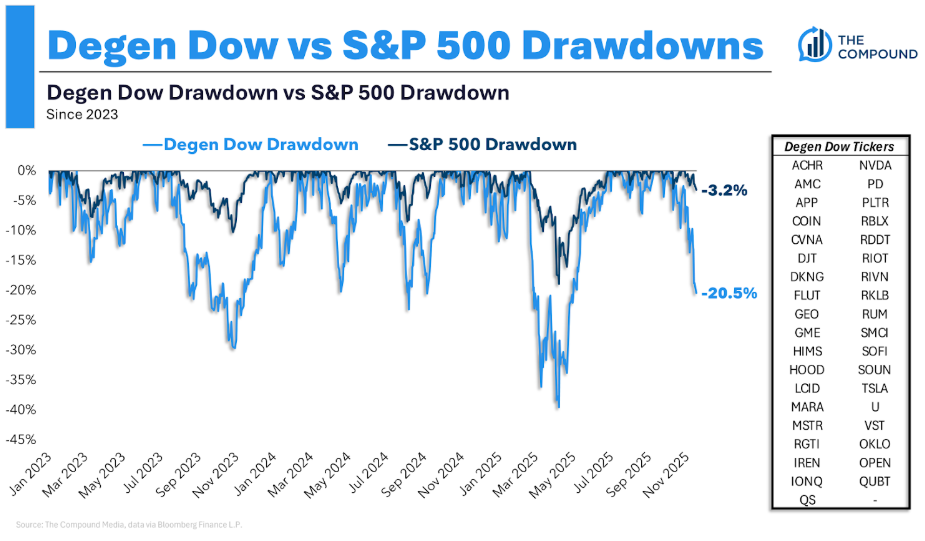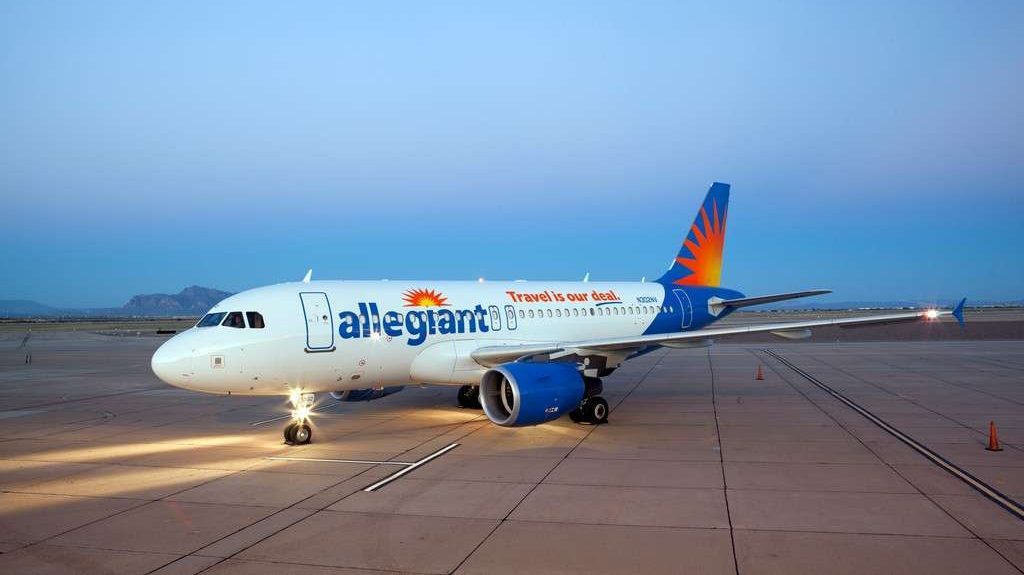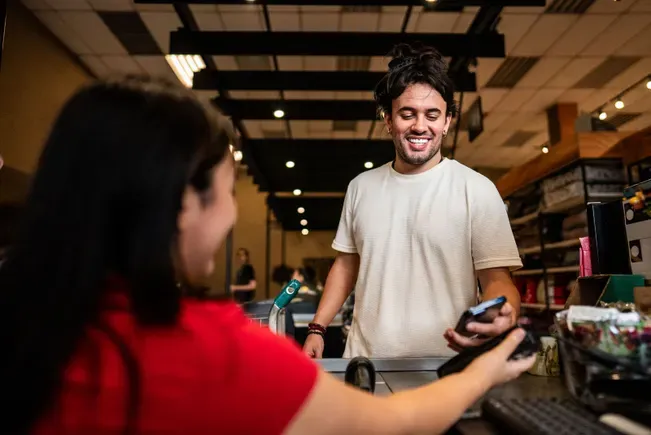Peru plans to implement a real-time digital payments system based on India’s UPI sometime next year. Notably, Peru chose not to model its system after Pix, the highly successful payment platform adopted by neighboring Brazil. That choice may have less to do with South American politics or financial strategy and more to do with India’s aggressive promotion of its own technology.
The new system will stem from a partnership announced in 2024 between India’s NPCI International Payments Limited (NIPL) and the Central Reserve Bank of Peru (BCRP). In recent years, India has worked with countries such as France, Singapore, and the UAE to enable UPI-based payments using its underlying infrastructure.
NIPL has also held discussions with several other nations in South America and Africa to help them develop similar systems modeled on UPI.
Meanwhile, the Central Bank of Brazil has been exploring global opportunities for Pix. At 2024’s G20, the central bank highlighted efforts to allow Pix to interact with foreign platforms, with Italy expressing interest in a bilateral agreement. That same year, Spanish payment processor Wipay opened Europe’s first Pix outlet at Barcelona-El Prat airport.
India Wins Out
UPI continues to be the global leader in instant payments, and NPCI has expanded to the point where it now handles almost half of the world’s digital transactions—driven primarily by the UPI platform. It has also secured partnerships with leading payments players such as Google and PayPal.
Another advantage for UPI is its comprehensive initiative to bring more consumers in India into the digital payments mainstream.
This includes not only expanding smartphone-based services but also offering adjacent products like basic insurance. Peru may view UPI not just as a payments layer but as a potential catalyst for broader economic transformation.
Ripe for Growth
South America is emerging as a ripe landscape for payments growth, even apart from the exemplar of Brazil’s Pix. According to 2024 data from Beyond Borders, seven in 10 Latin American adults have made or received digital payments—up from just four in 10 a decade ago.
At the same time, cash usage in the region has declined. Mastercard research across seven countries in Central and South America found that only 15% of respondents rely on cash for more than 75% of their monthly expenses, down from 25% before the pandemic. Nearly all small businesses in the region now accept at least one form of digital payment.
Disclaimer: This story is auto-aggregated by a computer program and has not been created or edited by finopulse.
Publisher: Source link







